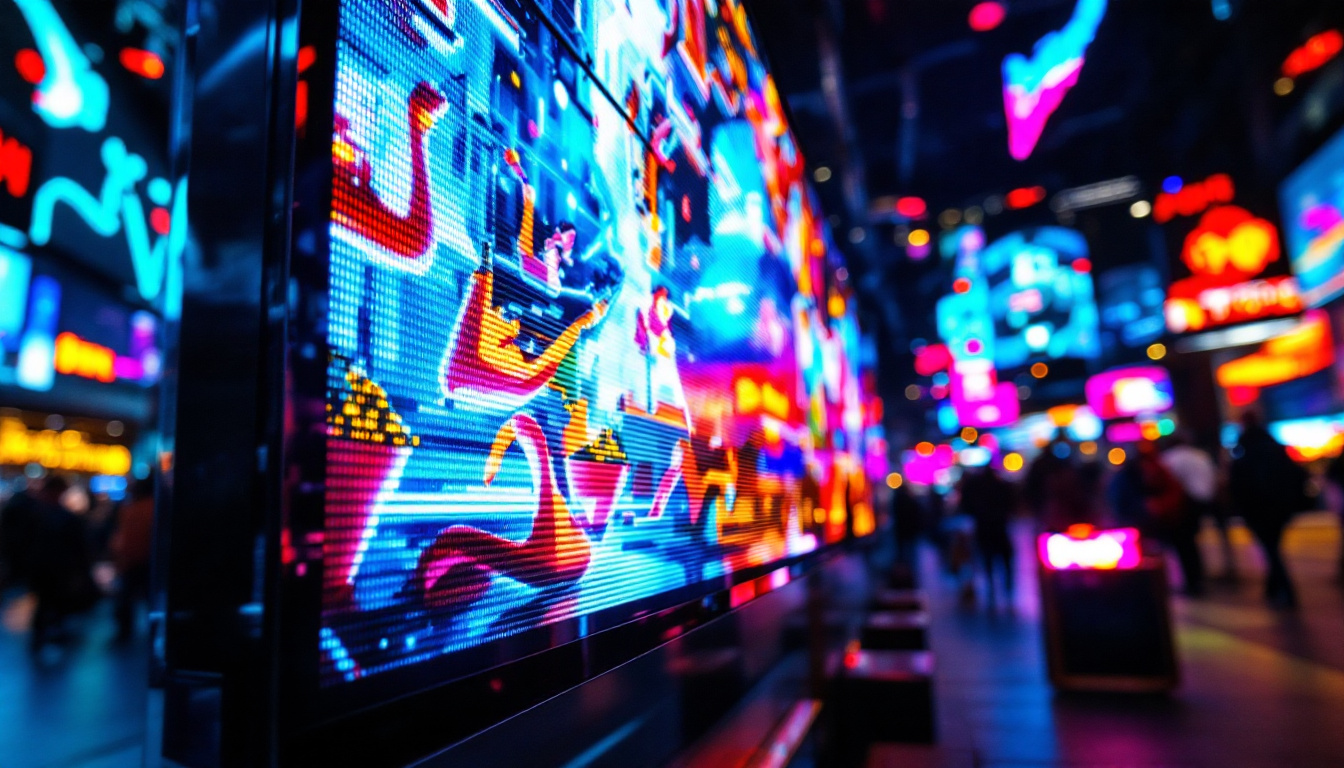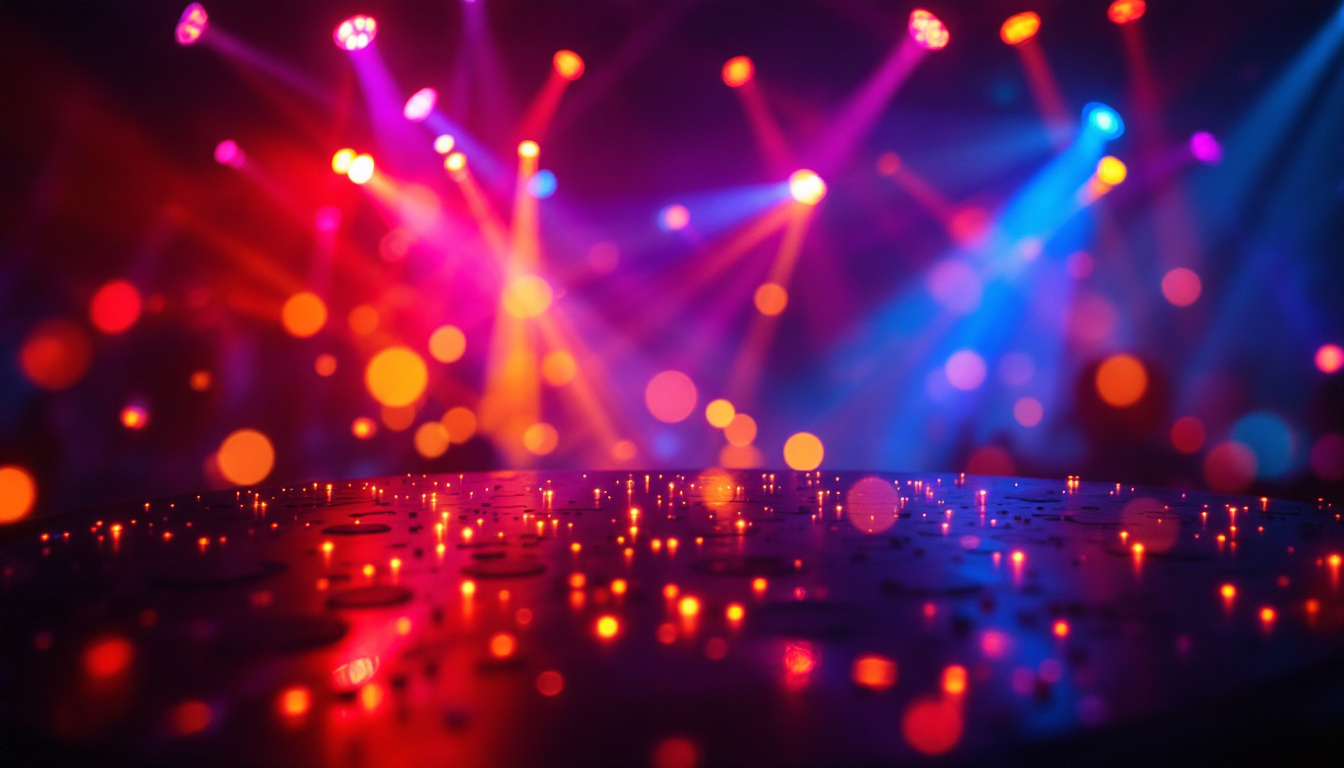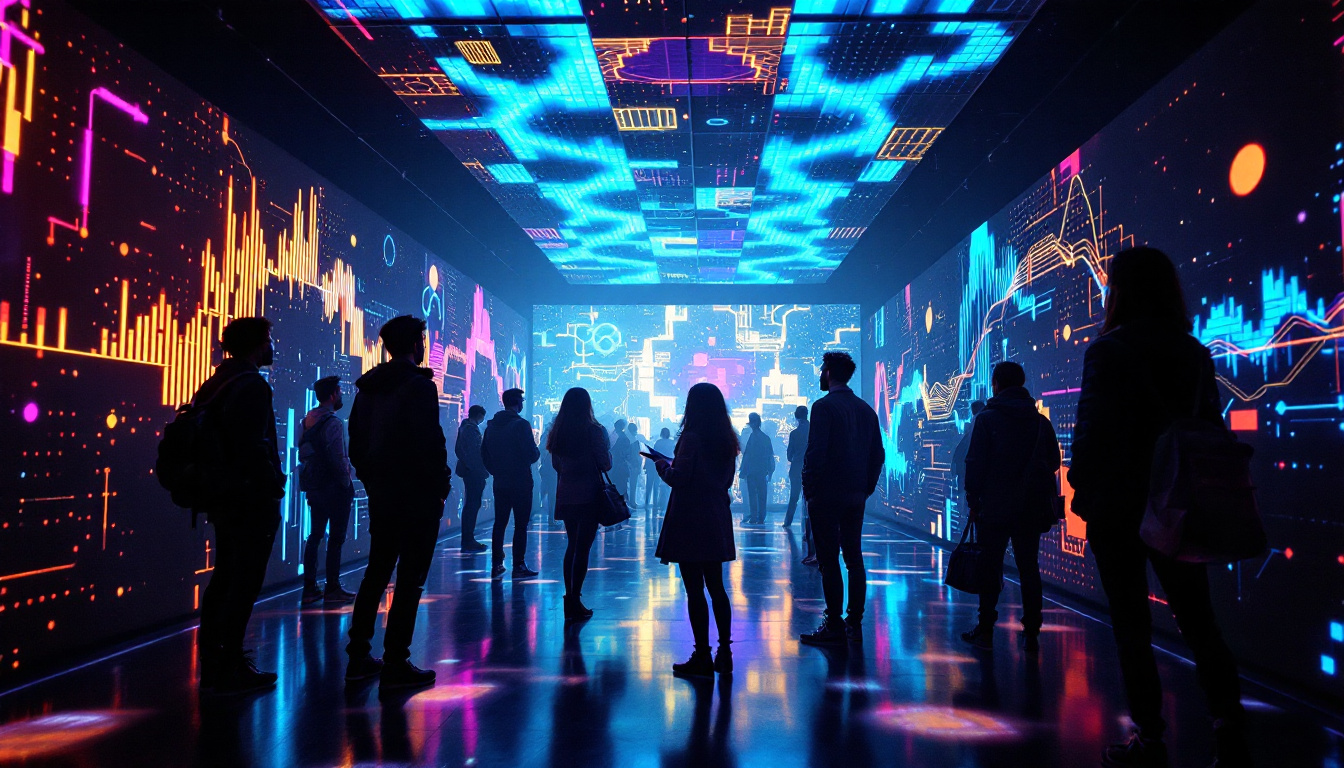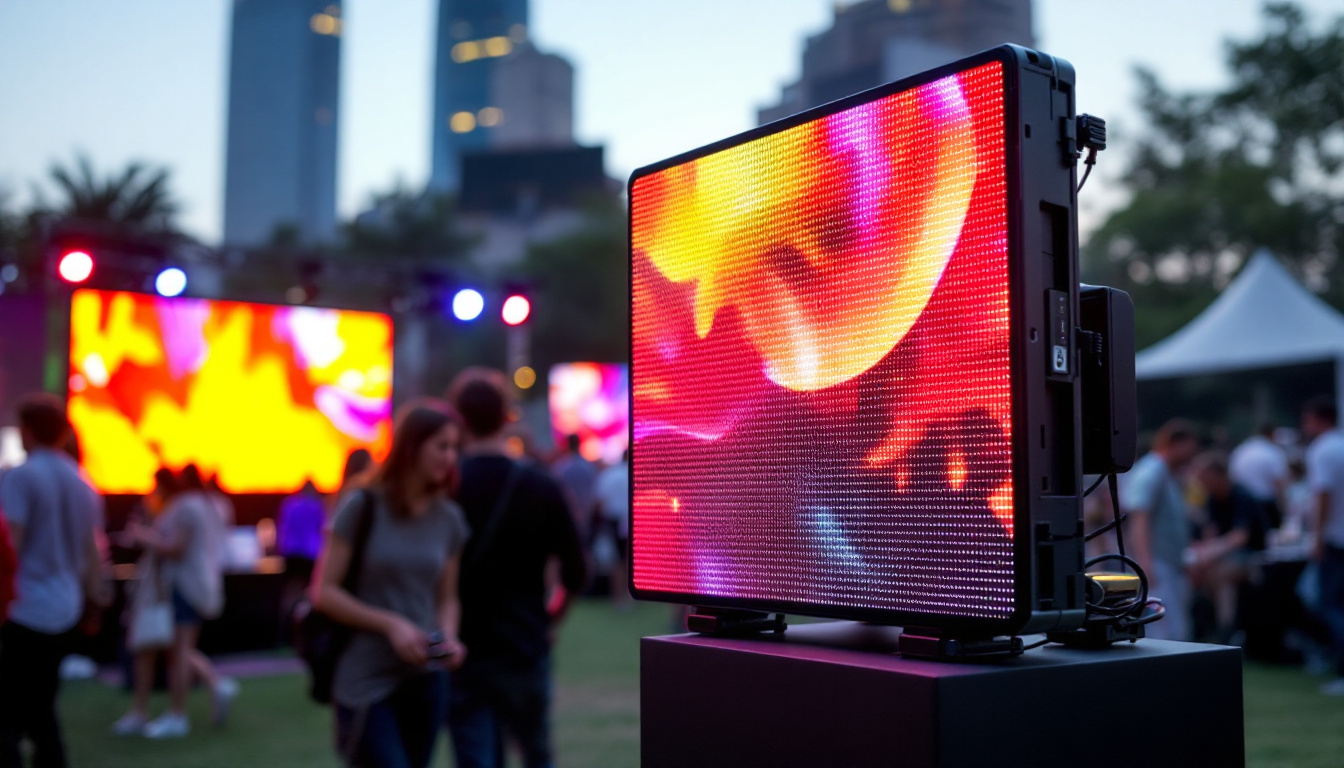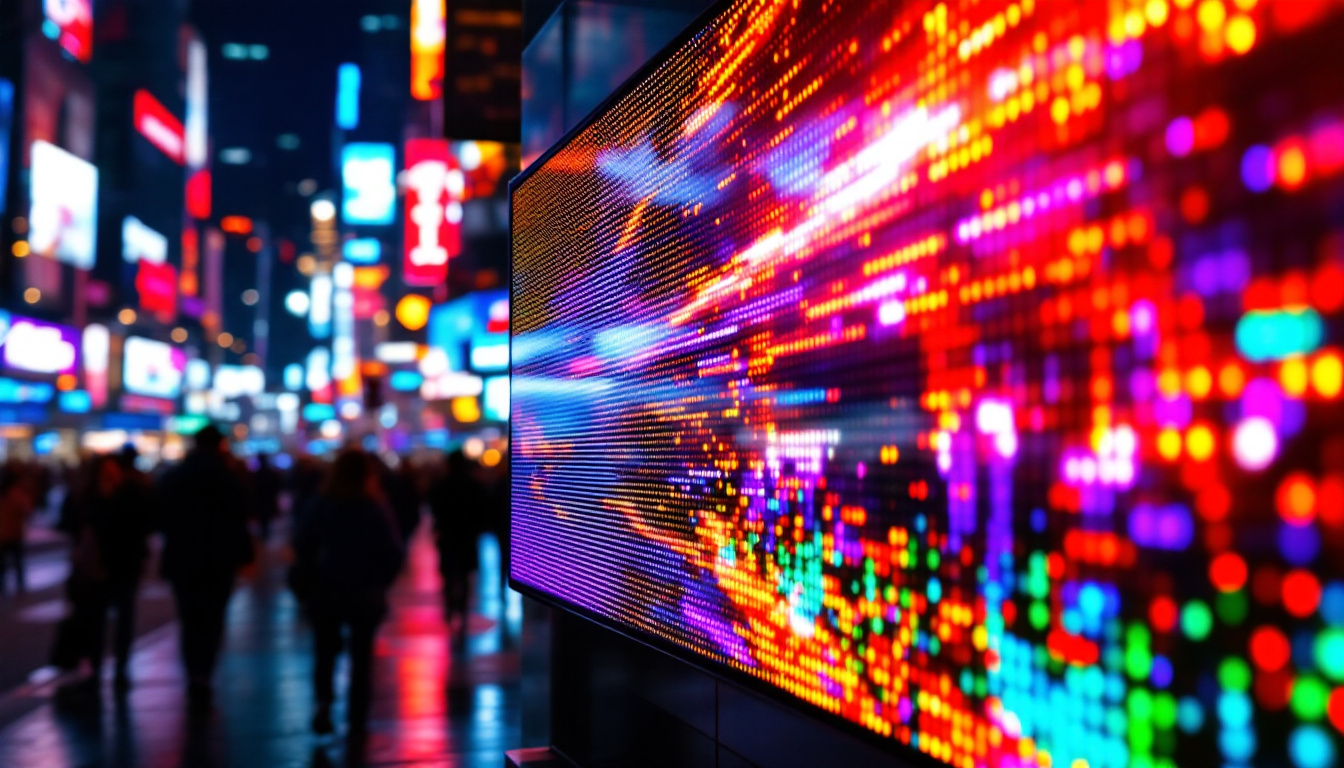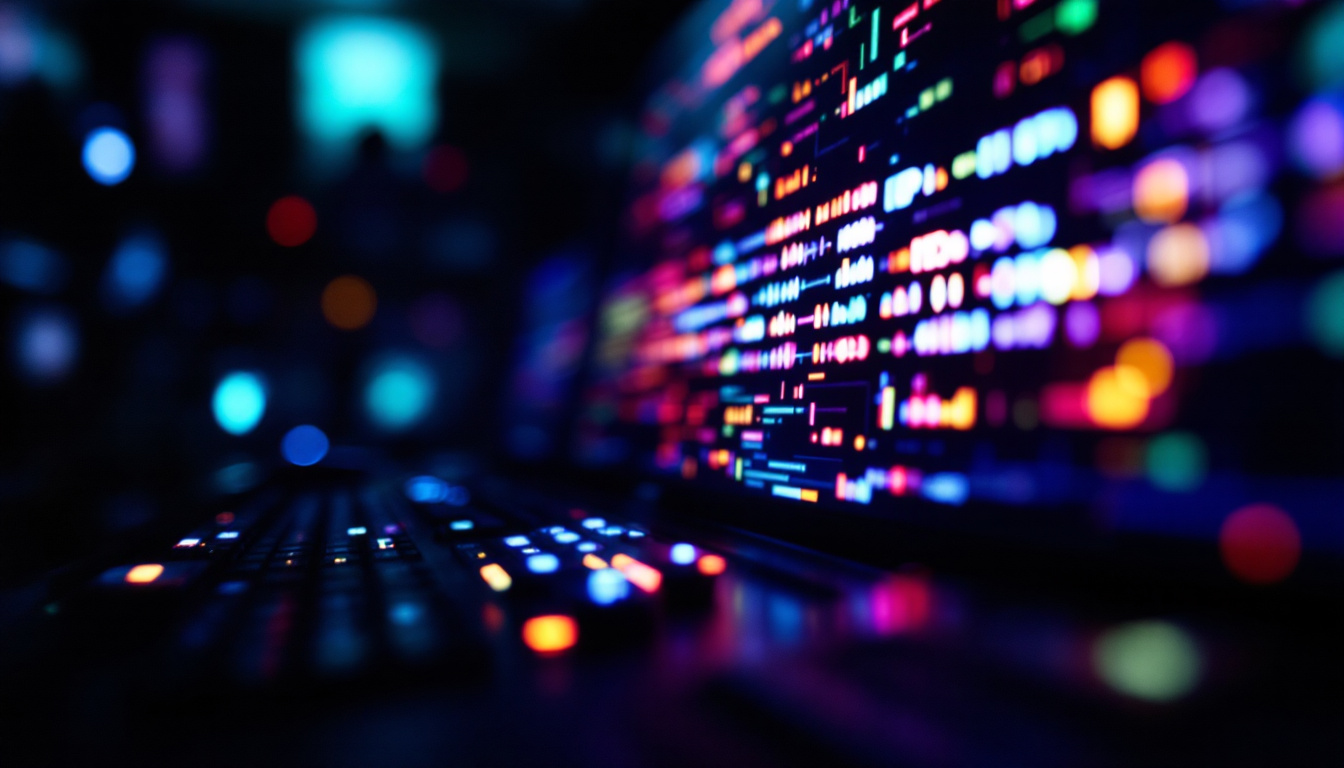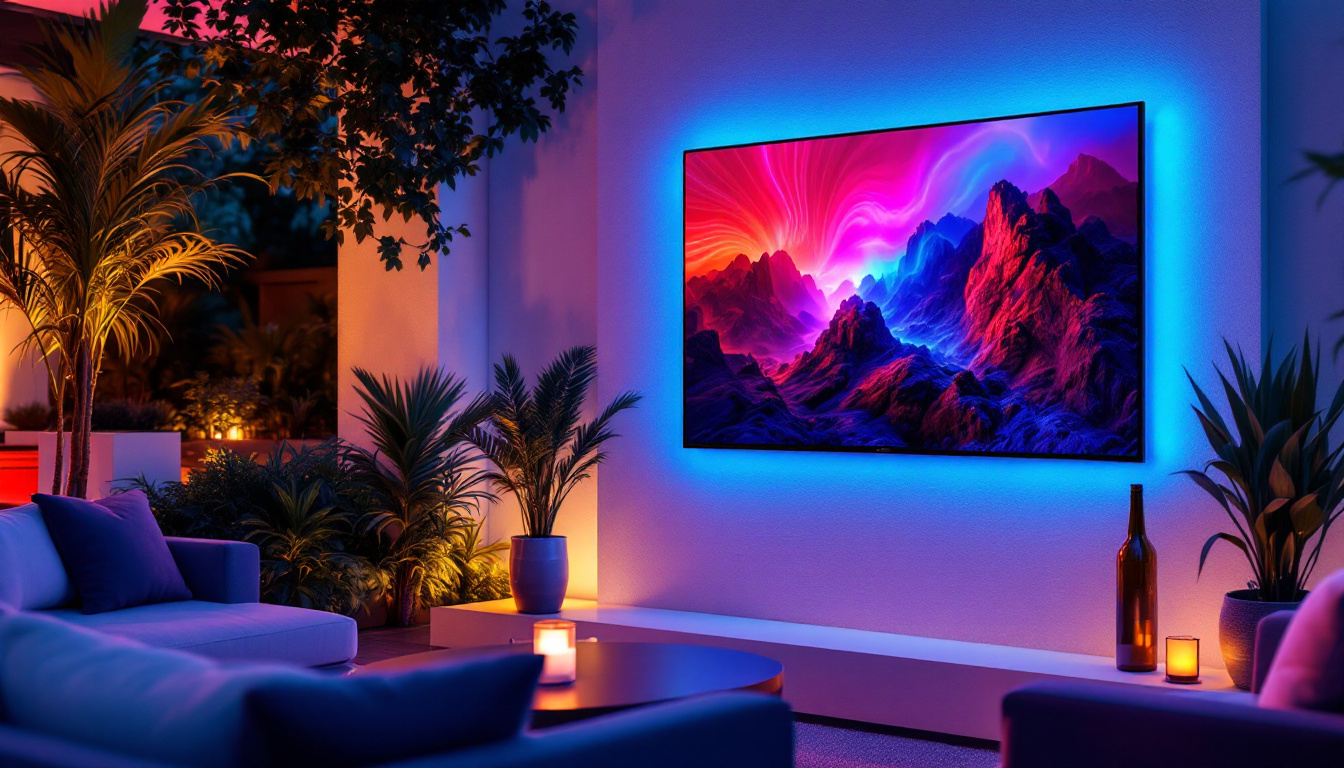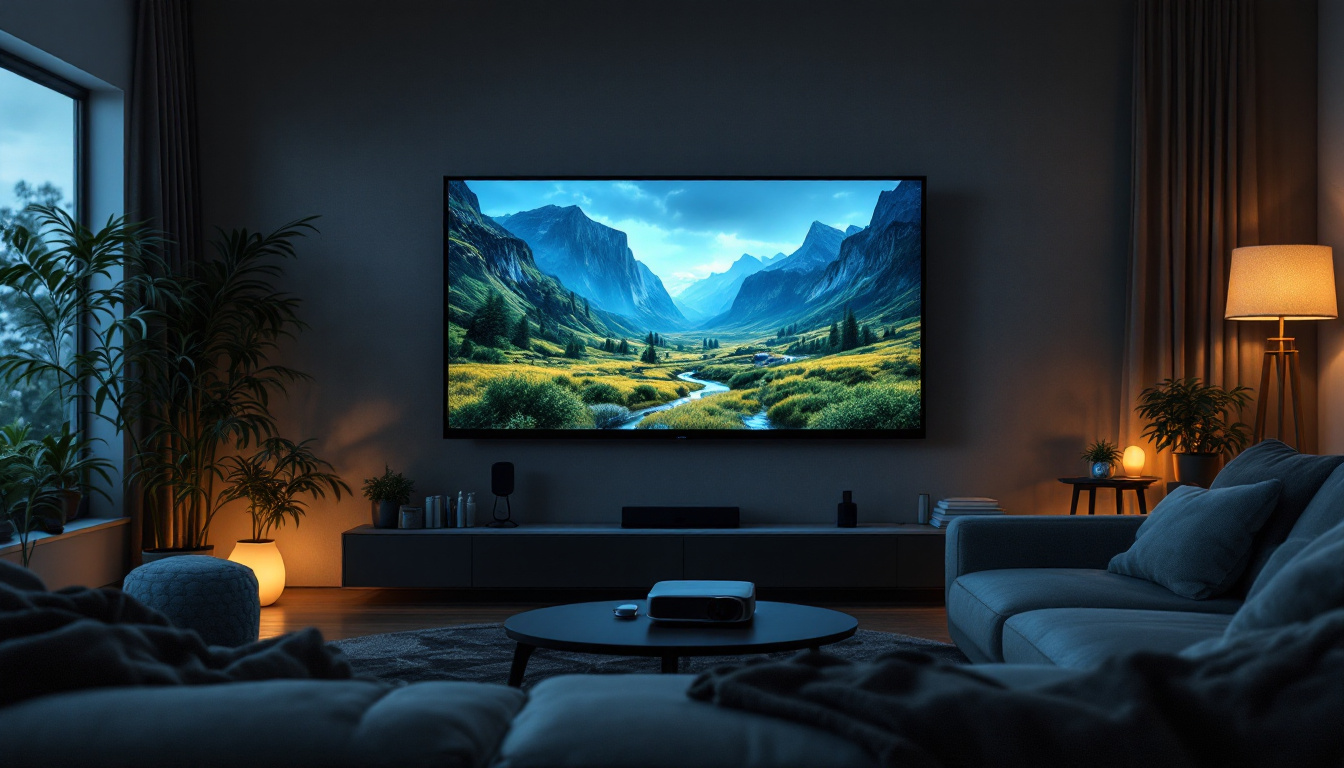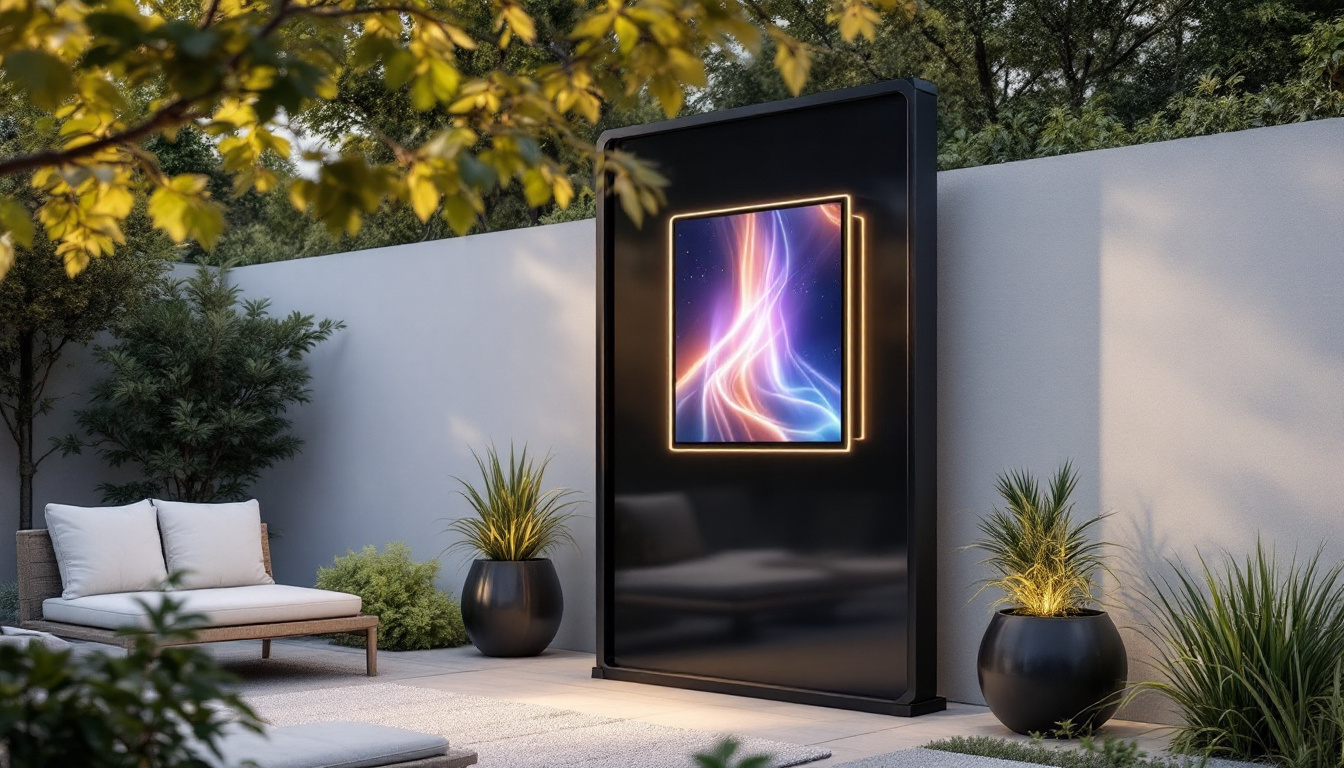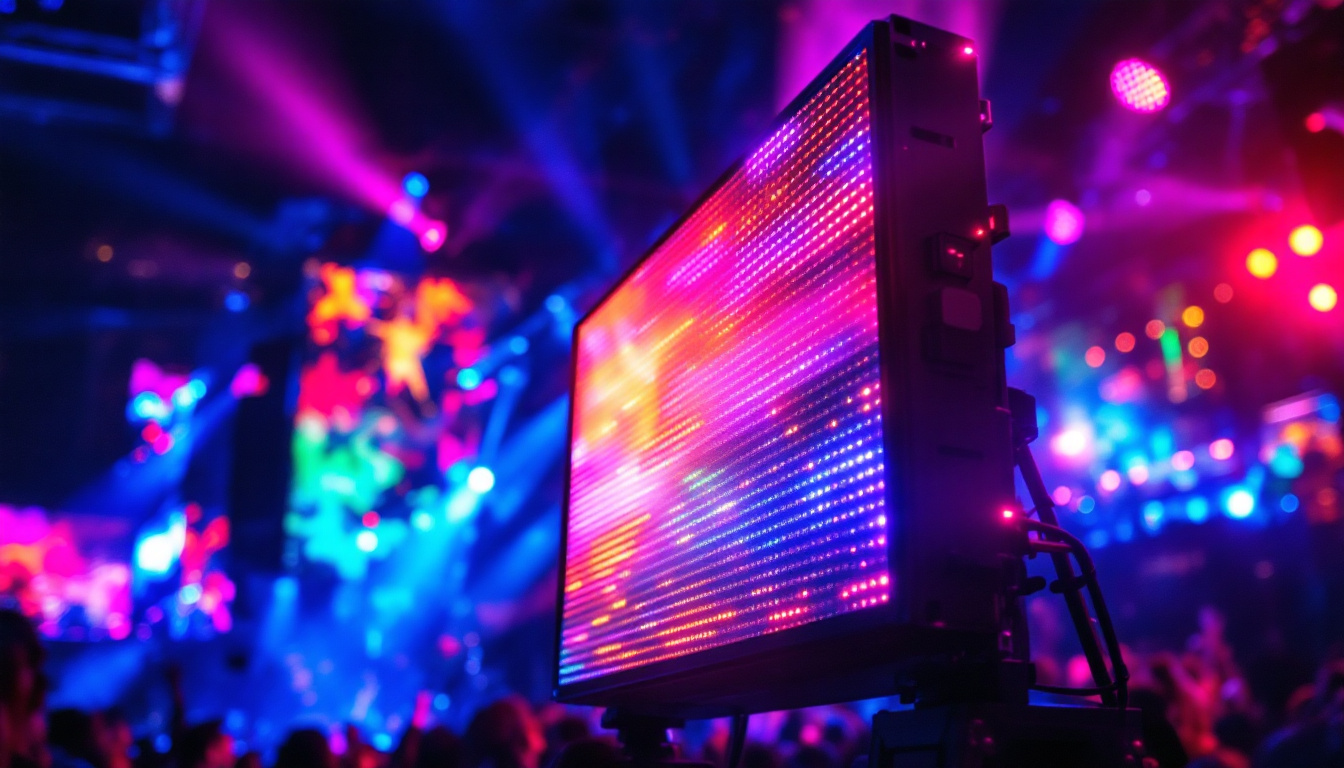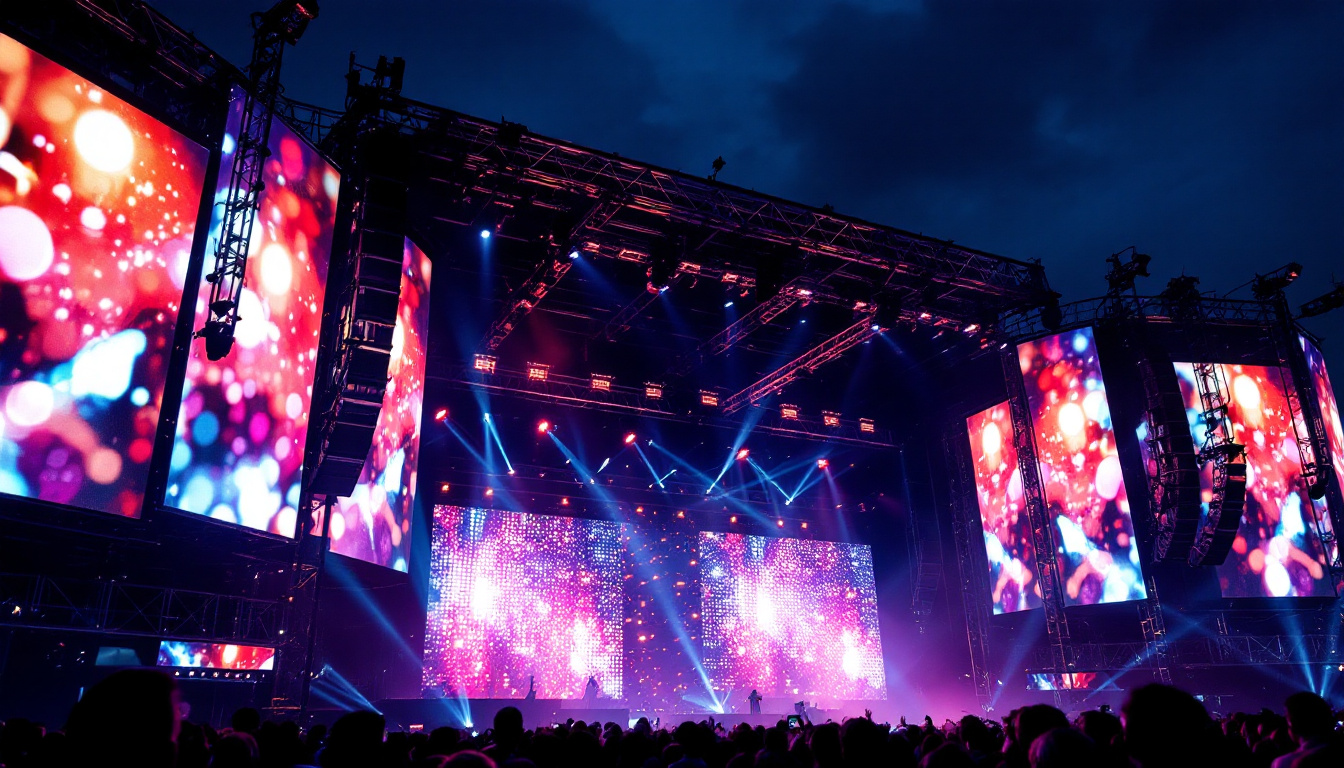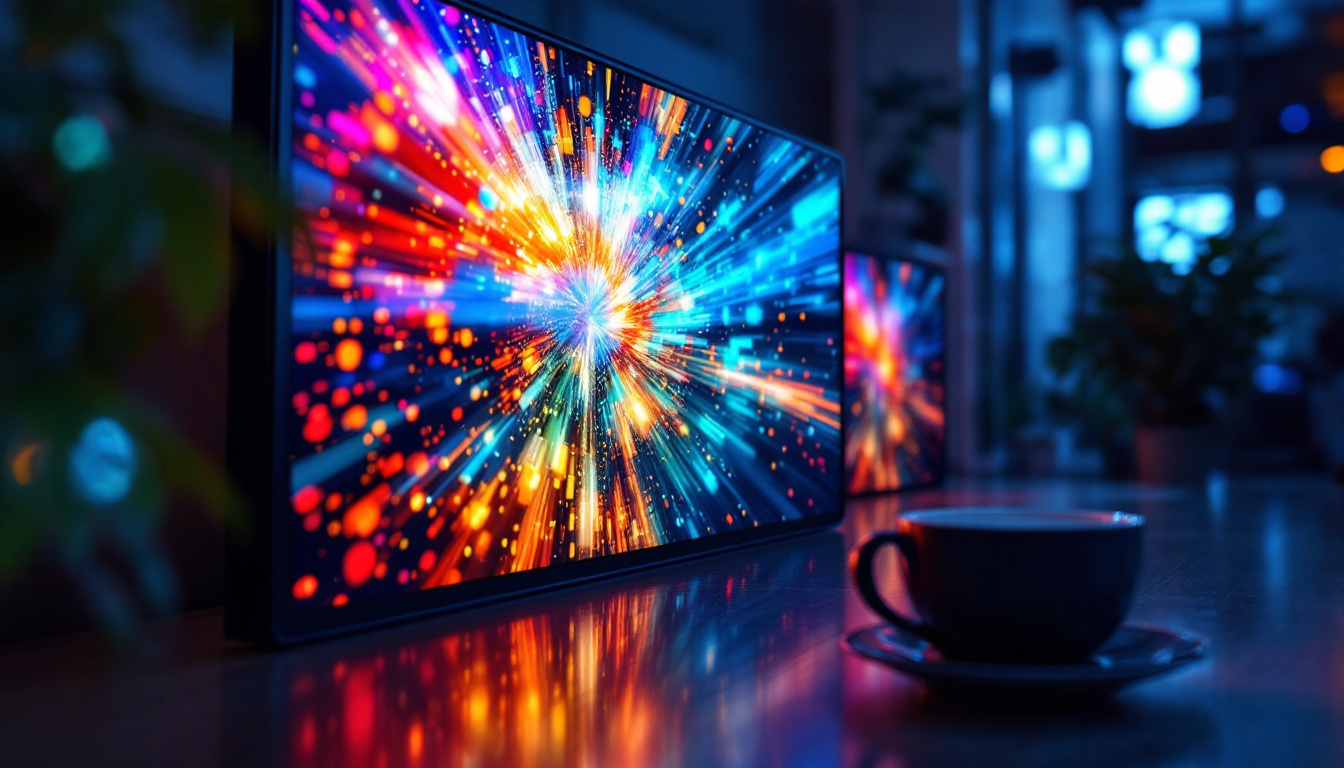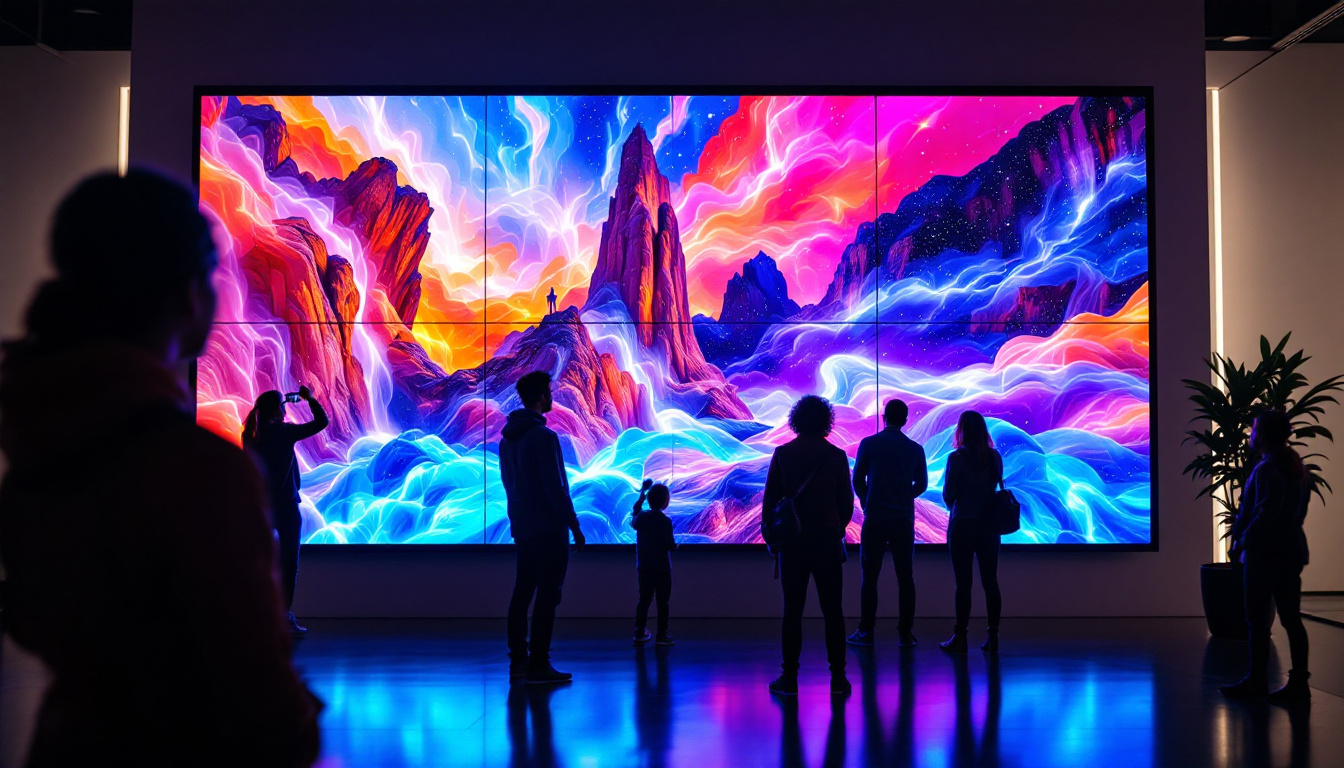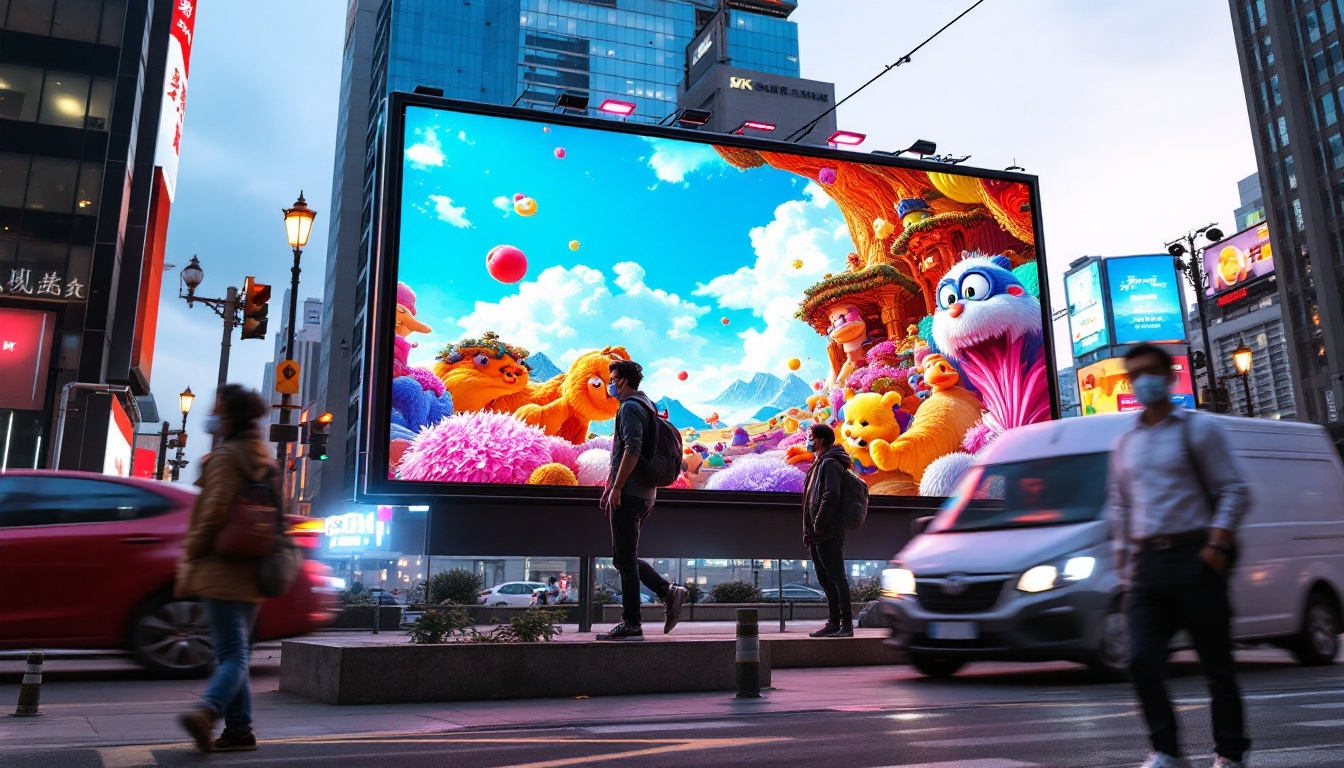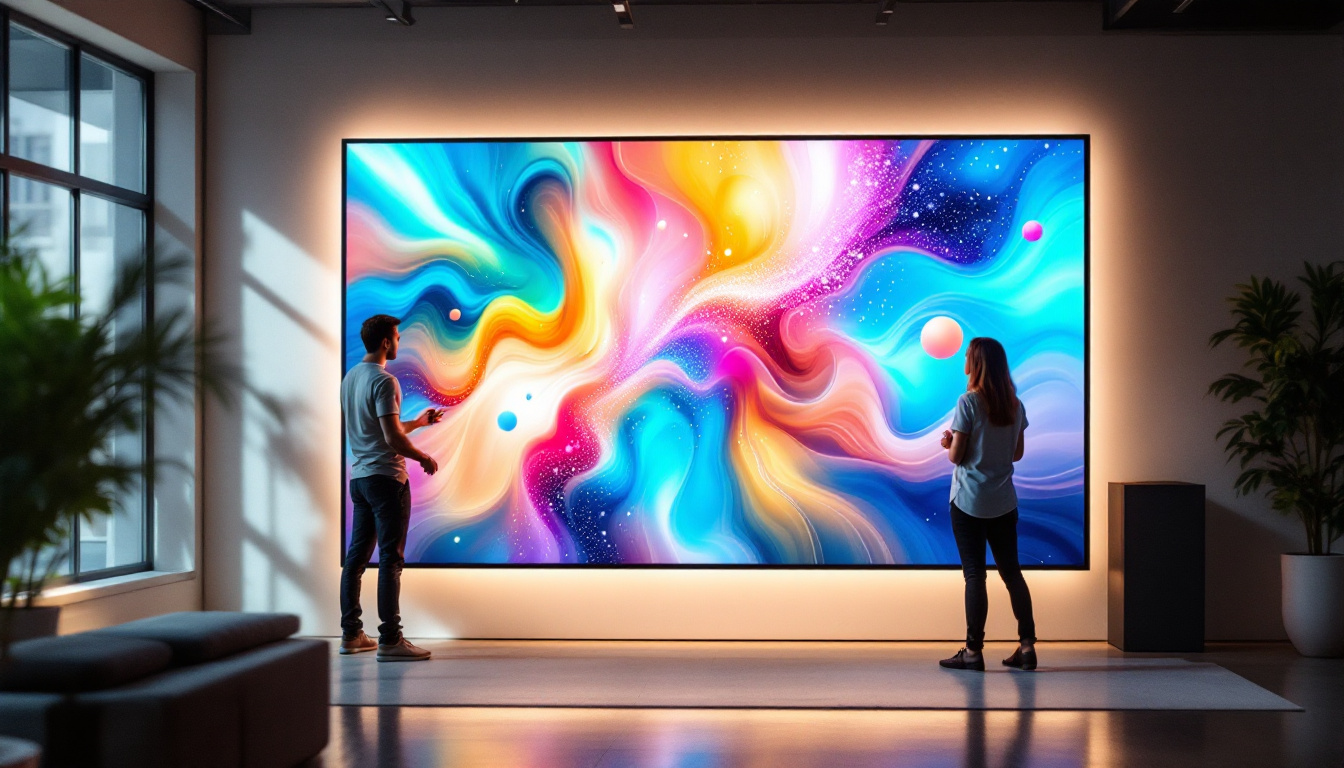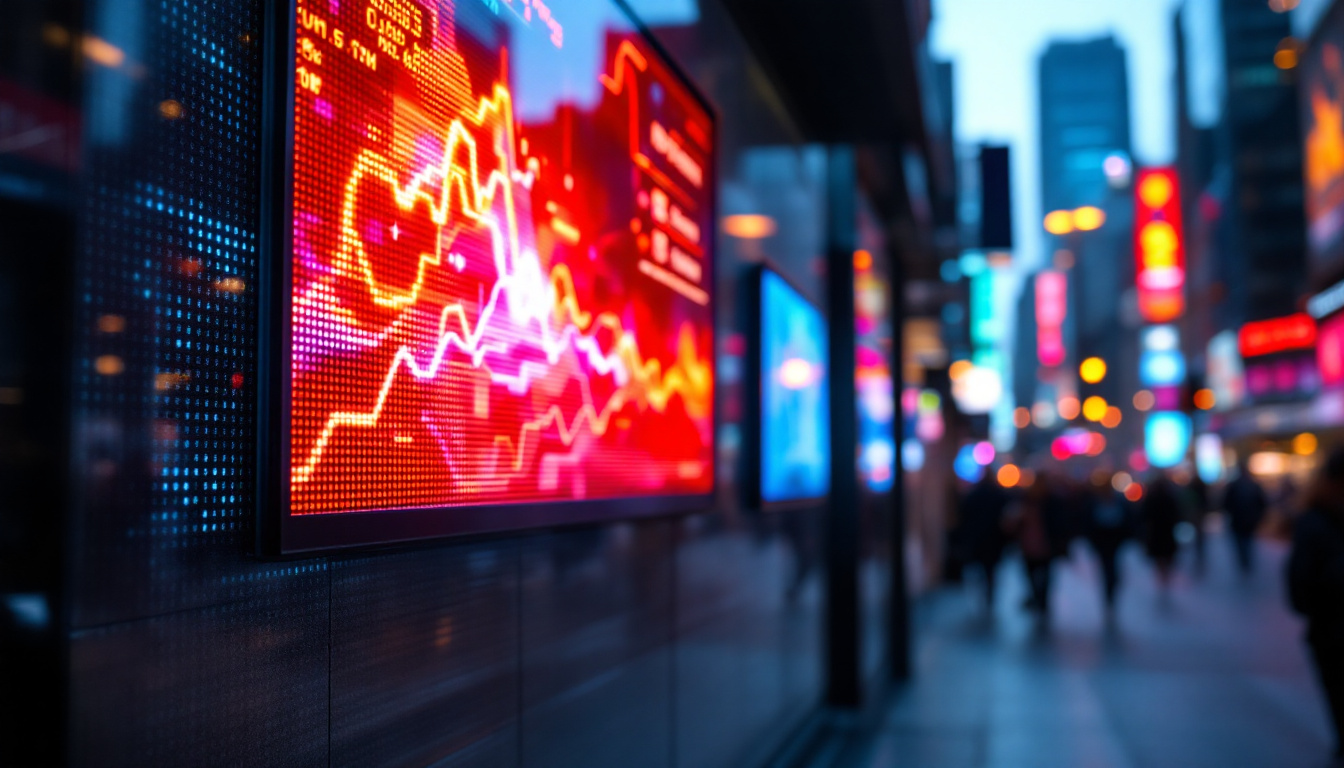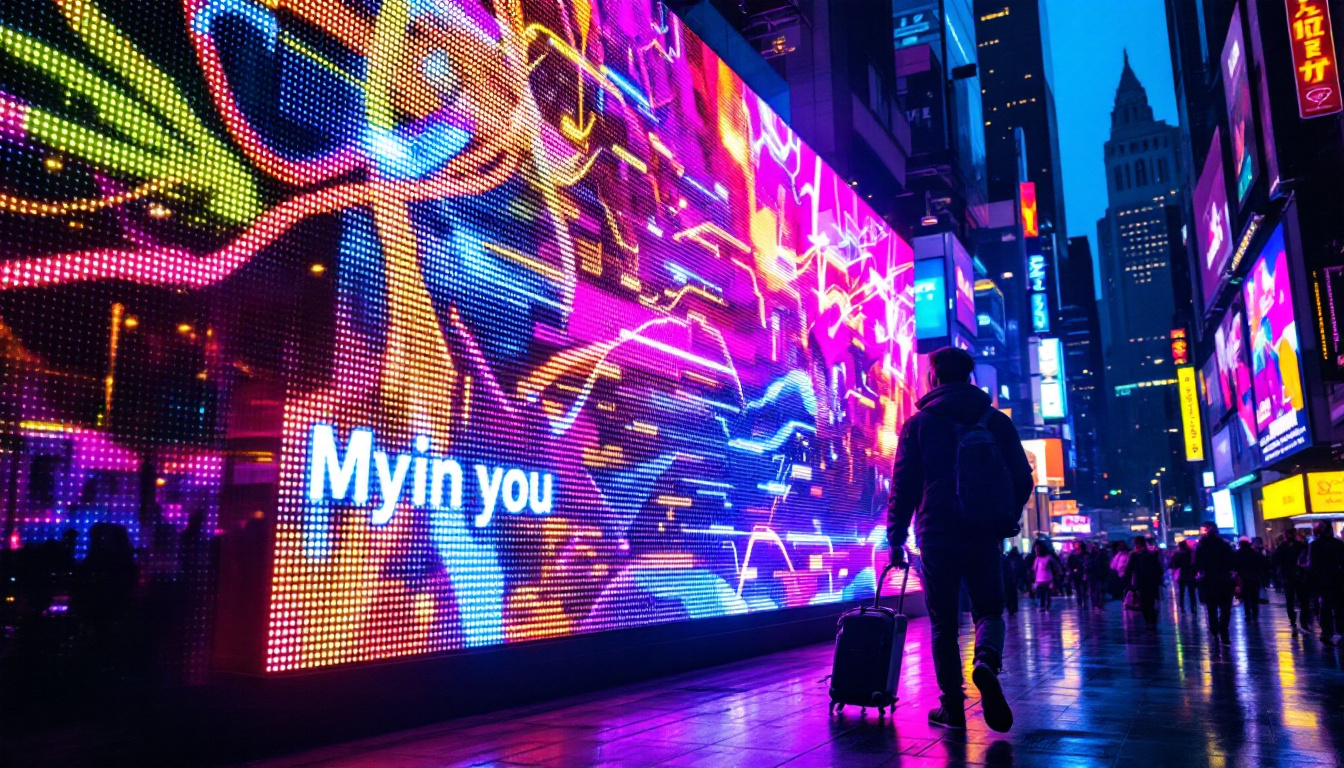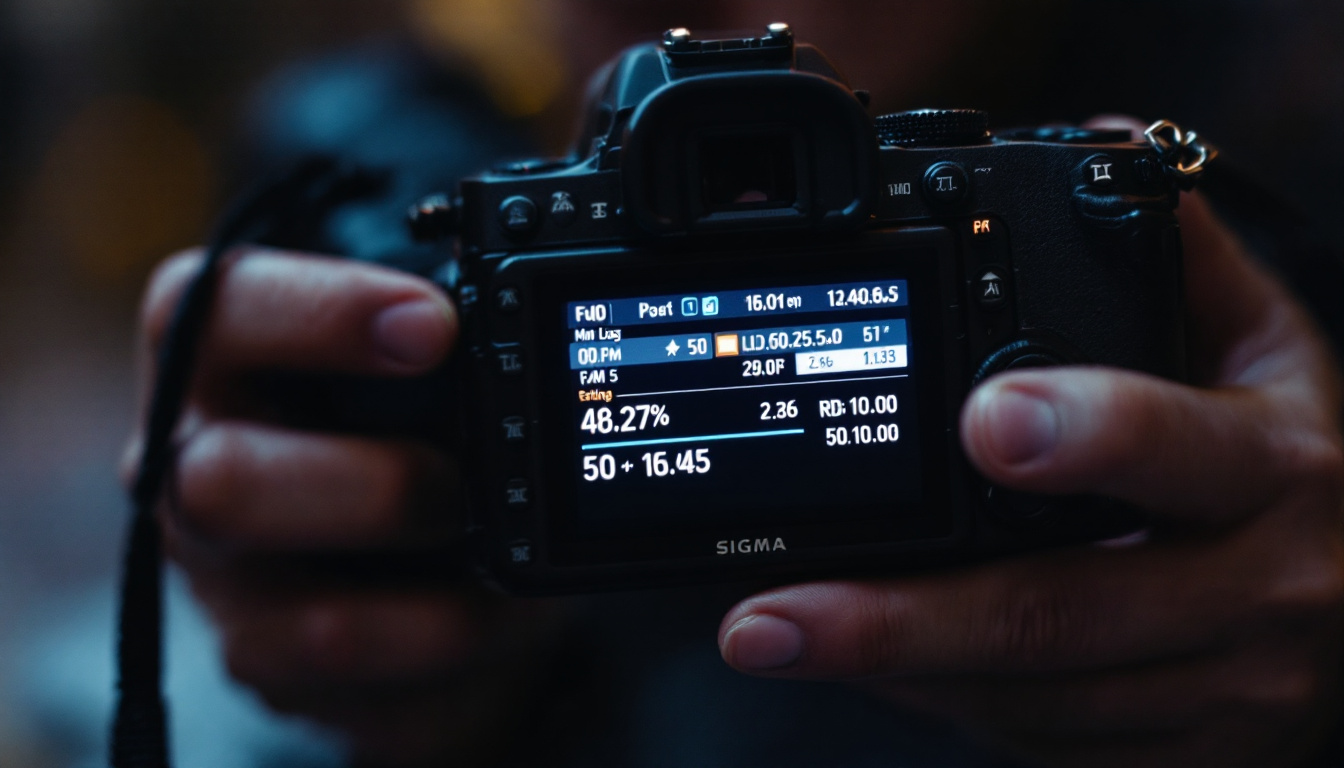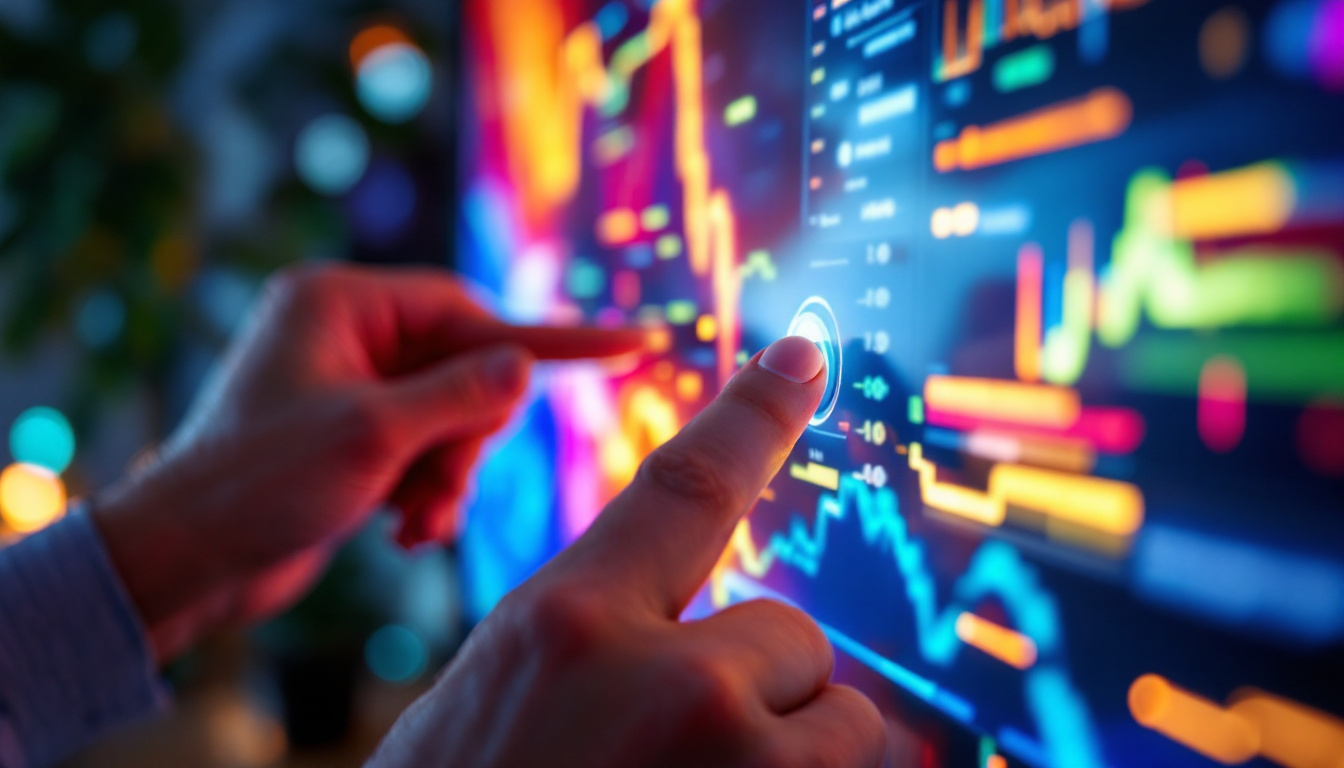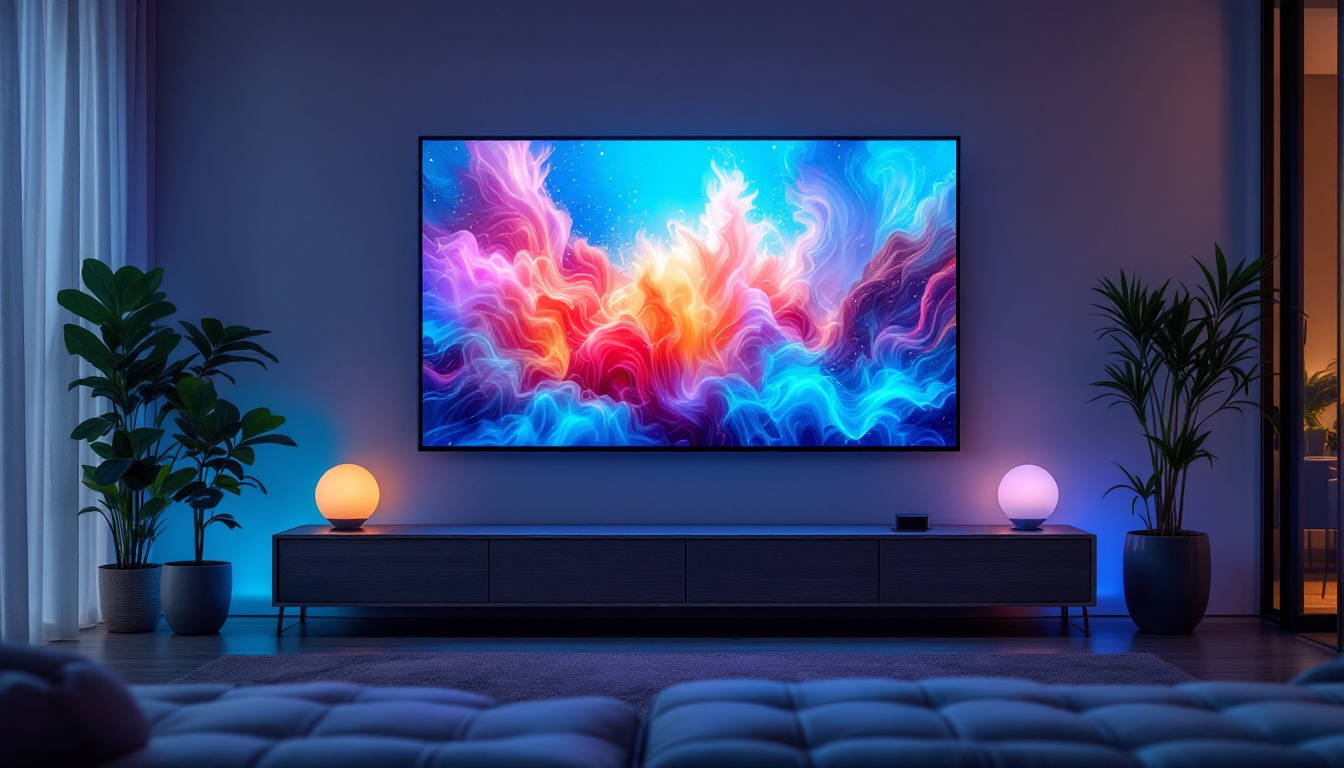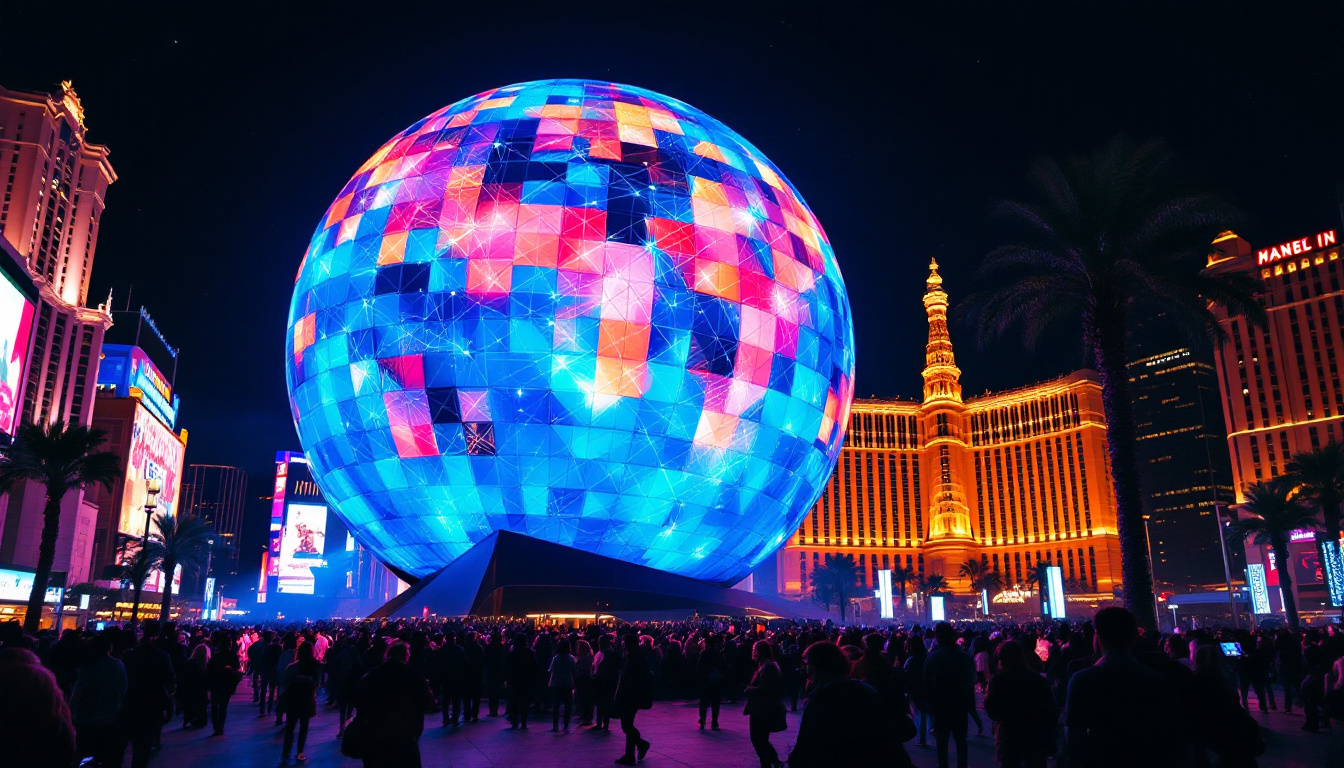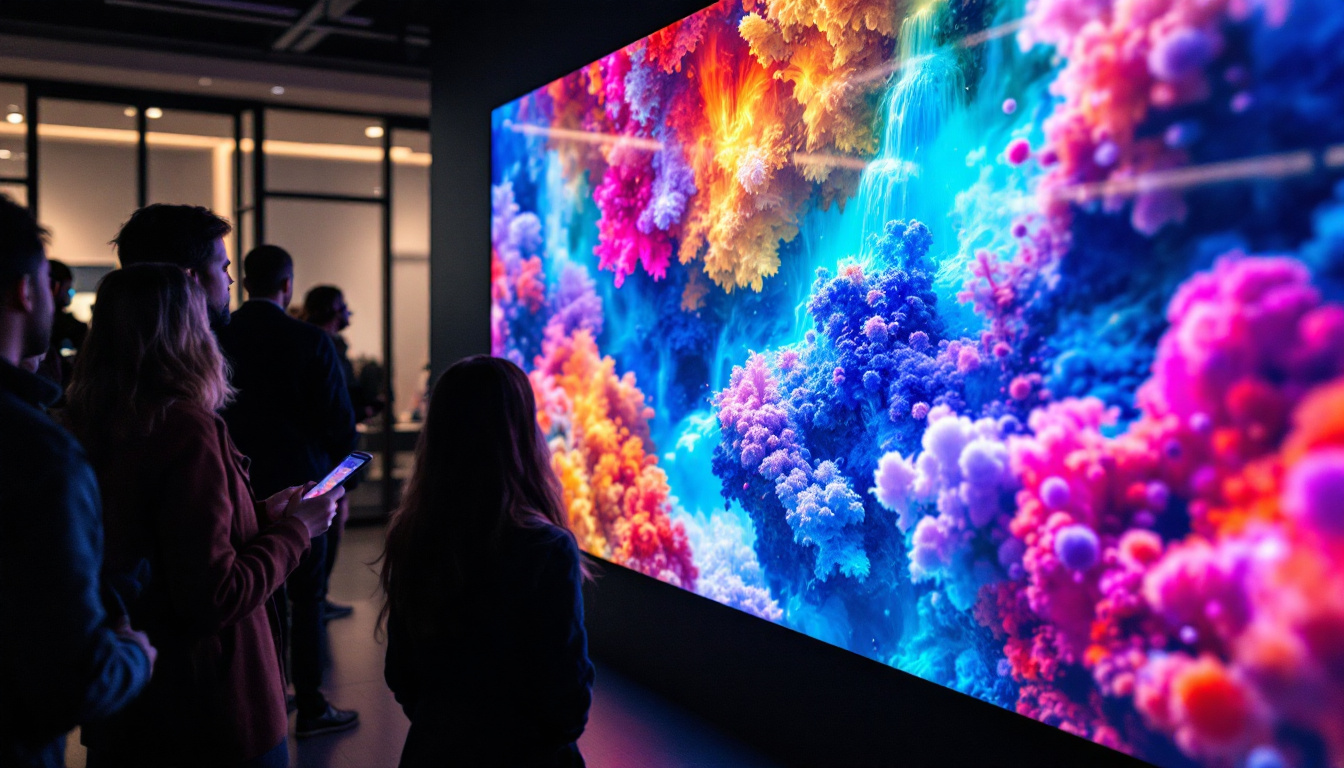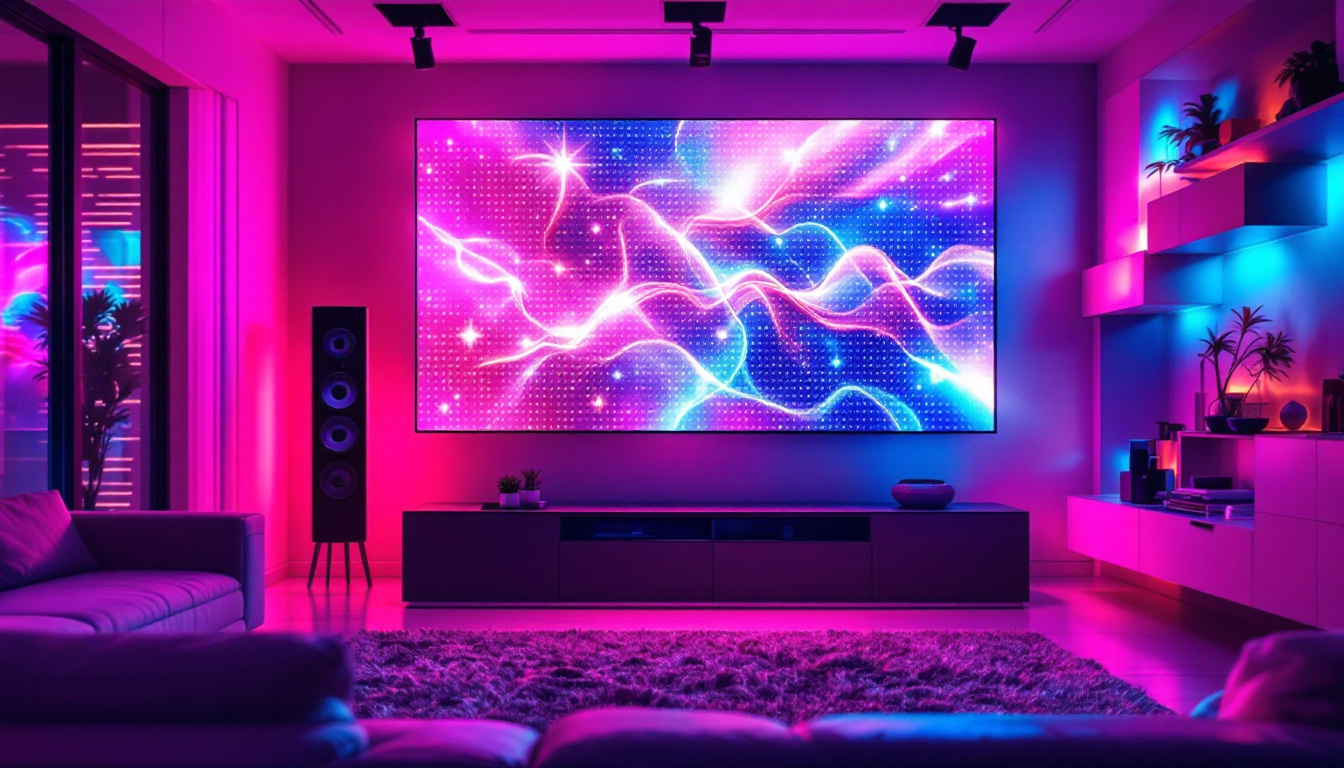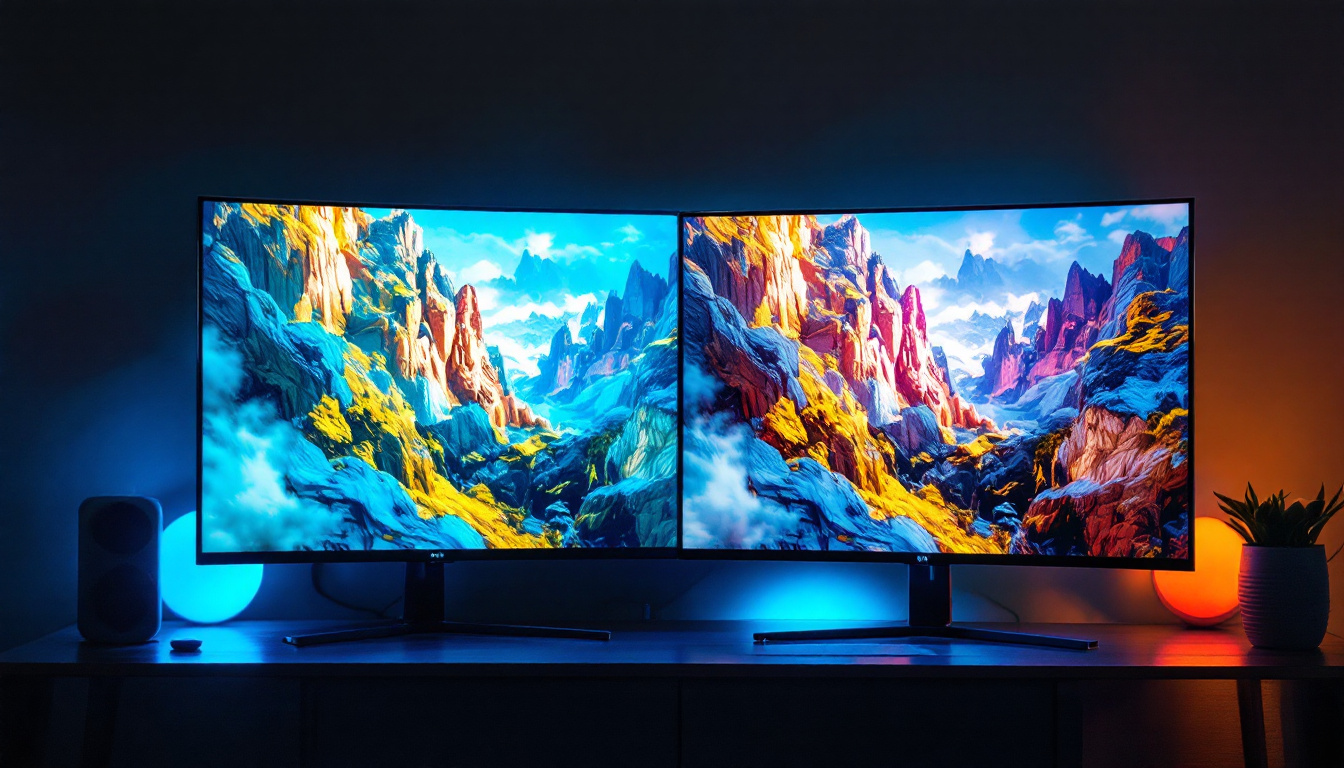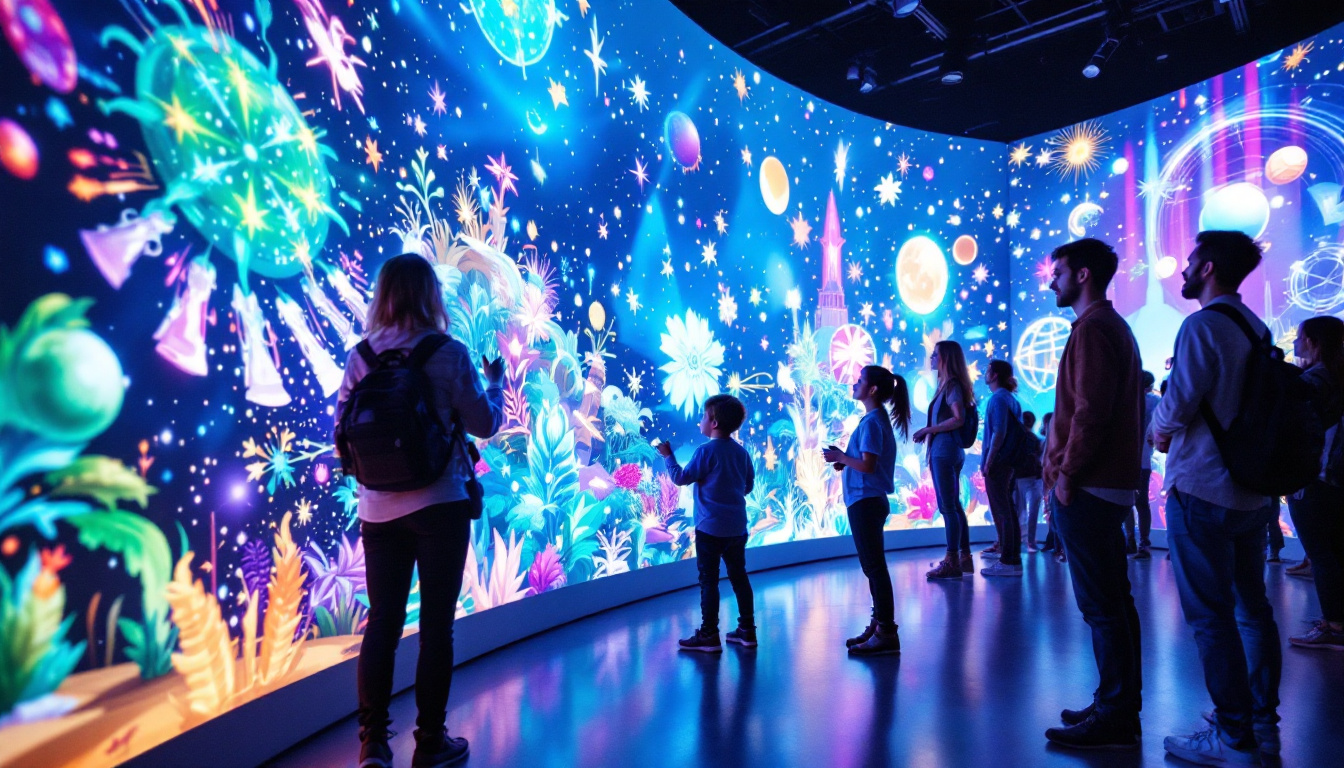The world of technology is ever-evolving, and one of the most fascinating advancements in recent years has been the development of LED displays. These displays have transformed the way we consume media, communicate, and even engage in entertainment. In this article, we will explore the intricacies of LED technology, its applications, and how it relates to contemporary media phenomena, including the infamous Ince sex tape.
Understanding LED Technology
LED, or Light Emitting Diode, technology has become a cornerstone of modern display systems. Unlike traditional display technologies, LEDs offer numerous advantages, including energy efficiency, brightness, and longevity. This section delves into the fundamental principles behind LED technology.
What is an LED?
An LED is a semiconductor device that emits light when an electric current passes through it. This process, known as electroluminescence, occurs in a material known as a p-n junction. The efficiency of LEDs allows them to produce bright light while consuming significantly less power compared to incandescent or fluorescent bulbs.
LEDs come in various colors, depending on the materials used in their construction. This versatility enables the creation of vibrant displays that can be utilized in a multitude of applications, from televisions to billboards and even in decorative lighting. The color spectrum of LEDs can be further enhanced by using phosphor coatings, which convert the light emitted from blue or ultraviolet LEDs into a broad range of colors, allowing for more dynamic and colorful displays.
Key Advantages of LED Displays
One of the primary advantages of LED displays is their energy efficiency. They consume less power, which not only reduces electricity bills but also minimizes environmental impact. Additionally, LED displays are known for their brightness and clarity, making them ideal for both indoor and outdoor settings. This high brightness level is particularly beneficial in outdoor applications, where sunlight can wash out the visibility of traditional displays.
Another significant benefit is their longevity. LED displays can last up to 100,000 hours, far surpassing traditional display technologies. This durability translates to lower maintenance costs and less frequent replacements, making them a cost-effective solution in the long run. Furthermore, the robust nature of LED technology means that they are less susceptible to damage from shocks and vibrations, making them suitable for a variety of environments, from bustling city streets to high-traffic retail spaces. The ability to withstand harsh conditions further enhances their appeal for commercial use, as businesses can rely on their consistent performance without the worry of frequent downtime or repairs.
Applications of LED Displays
LED displays have found their way into various sectors, revolutionizing how information is presented and consumed. From advertising to entertainment, the versatility of LED technology is evident across multiple domains.
Advertising and Marketing
In the realm of advertising, LED displays have become a staple. Their ability to display dynamic content makes them particularly appealing for marketers looking to capture consumer attention. Digital billboards and signage can change messages in real-time, allowing for targeted advertising based on time of day or audience demographics.
Moreover, the bright colors and high resolution of LED displays enhance visibility, making them effective tools for brand promotion. Companies can showcase their products or services in an eye-catching manner, leading to increased engagement and potential sales. The interactivity of some LED displays further amplifies this effect; touch screens and motion sensors can create immersive experiences that encourage consumers to engage with the brand on a deeper level, ultimately fostering loyalty and repeat business.
Entertainment and Events
LED displays have also transformed the entertainment industry. Concerts, festivals, and sporting events often utilize large LED screens to enhance the audience experience. These displays provide clear visuals, ensuring that even those seated far from the stage can enjoy the performance. The integration of LED technology allows for stunning visual effects, synchronized with music or live action, creating a multi-sensory experience that captivates audiences and elevates the overall atmosphere of the event.
Additionally, LED technology has made its way into home entertainment systems. Modern televisions often use LED backlighting, resulting in improved picture quality and energy efficiency. This has allowed consumers to enjoy cinematic experiences in the comfort of their own homes. Furthermore, advancements in LED technology have led to the development of ultra-thin and flexible displays, enabling innovative designs in home décor. Wall-mounted screens can blend seamlessly into living spaces, providing not only entertainment but also serving as digital art displays when not in use, thus enhancing the aesthetic appeal of any room.
The Ince Sex Tape and Its Impact
The Ince sex tape, a controversial media piece, has sparked discussions about privacy, consent, and the role of technology in personal lives. While the focus of this article is on LED displays, it is essential to acknowledge how technology has influenced the dissemination of such content.
The Role of Digital Media
In today’s digital age, the rapid spread of information is facilitated by technology. Social media platforms, websites, and various digital channels enable content to reach vast audiences almost instantaneously. The Ince sex tape serves as a case study in how quickly personal content can become public, raising questions about privacy and the ethical implications of sharing such material.
Moreover, the use of LED displays in media coverage of the incident illustrates how technology can amplify narratives. News outlets often use LED screens to broadcast information, making it more accessible to the public. This can lead to sensationalism, where the focus shifts from the individuals involved to the spectacle of the event itself. The bright, eye-catching nature of LED displays can create a sense of urgency and drama, drawing viewers in and often prioritizing entertainment value over responsible journalism. As a result, the narrative surrounding the Ince sex tape has been shaped not just by the content itself but by the manner in which it has been presented to the public.
Privacy and Consent in the Digital Age
The Ince sex tape has reignited conversations about consent and privacy in the digital realm. As technology continues to advance, individuals must navigate the complexities of sharing personal content. The ease of recording and distributing media raises critical questions about the ownership of such material and the rights of those depicted.
In the wake of the incident, discussions surrounding consent have become increasingly relevant. It is crucial for individuals to understand the potential ramifications of sharing intimate content, particularly in an age where digital footprints can last indefinitely. The responsibility lies not only with the individuals involved but also with the platforms that facilitate the sharing of such material. Furthermore, the implications extend beyond the immediate parties; the incident has prompted a broader societal reflection on the ethics of voyeurism and the normalization of invasive content consumption. As viewers, we must consider our role in perpetuating this cycle and the impact it has on the lives of those depicted. The conversation around privacy and consent is not merely academic; it is a pressing issue that affects real lives and necessitates a collective reevaluation of our digital behaviors and the societal norms surrounding them.
The Future of LED Displays
As technology progresses, the future of LED displays looks promising. Innovations continue to emerge, enhancing the capabilities and applications of this technology. This section explores some of the anticipated advancements in LED display technology.
Advancements in Display Quality
Future LED displays are expected to offer even higher resolutions and improved color accuracy. With the advent of technologies like MicroLED and MiniLED, the potential for creating more immersive viewing experiences is on the horizon. These advancements will likely lead to displays that are not only brighter but also more energy-efficient.
Additionally, the integration of artificial intelligence (AI) into LED technology could revolutionize how content is displayed. AI algorithms can analyze viewer preferences and tailor content accordingly, creating a more personalized experience.
Moreover, the development of flexible and transparent LED displays is set to transform various industries. These displays can be integrated into windows or curved surfaces, allowing for innovative advertising solutions and architectural designs. Imagine storefronts where the glass itself becomes a canvas for vibrant advertisements or art, seamlessly blending functionality with aesthetics.
Integration with Smart Technology
The rise of smart technology has opened new avenues for LED displays. Integration with smart home systems allows for seamless control and customization of displays. Imagine a living room where the LED screen adjusts its brightness based on the time of day or changes content based on the preferences of those present.
This level of interactivity could redefine how consumers engage with media and advertisements, making the experience more dynamic and tailored to individual needs.
Furthermore, the potential for LED displays to interact with wearable technology presents exciting possibilities. For instance, a user’s smartwatch could communicate with the LED display to show personalized notifications or health data in real-time. This interconnectedness not only enhances user engagement but also paves the way for innovative applications in fields such as education and healthcare, where information can be displayed contextually and responsively.
Conclusion
LED displays have undeniably transformed the landscape of technology, influencing how information is presented and consumed across various sectors. From advertising to entertainment, the versatility of LED technology is evident. The Ince sex tape serves as a reminder of the complexities surrounding privacy and consent in the digital age, highlighting the need for responsible use of technology.
As advancements in LED technology continue to emerge, the potential for even greater applications and innovations is vast. The future promises to be exciting, with possibilities that could further enhance the way we interact with media and each other. Understanding the implications of these developments is crucial as society navigates the challenges and opportunities presented by modern technology.
Discover LumenMatrix’s Innovative LED Solutions
As we embrace the future of LED technology and its profound impact on our digital landscape, LumenMatrix stands at the forefront of this revolution. With a commitment to enhancing visual communication, LumenMatrix offers an array of LED display solutions tailored to meet the diverse needs of businesses and events. From Indoor and Outdoor LED Wall Displays to specialized options like Vehicle, Sports, and Floor LED Displays, our products are designed to captivate and engage audiences. Experience the transformative power of LED technology with LumenMatrix’s Custom, All-in-One, and Transparent LED Displays. Check out LumenMatrix LED Display Solutions today and elevate your brand’s visibility with cutting-edge visual experiences.

